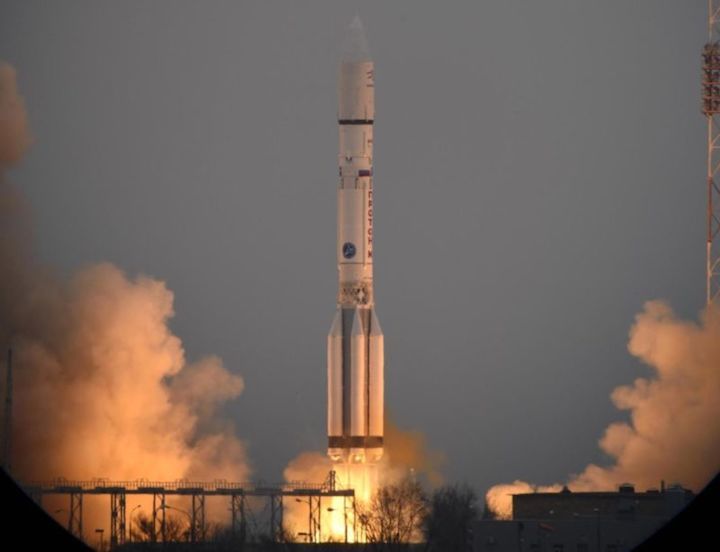27.06.2018
Technical problems, rise of SpaceX are contributing factors.

The Russian-manufactured Proton rocket has been flying into space since before humans landed on the Moon. First launched in 1965, the rocket was initially conceived of as a booster to fly two-person crews around the Moon, as the Soviet Union sought to beat NASA into deep space. Indeed, some of its earliest missions launched creatures, including two turtles, to the Moon and back.
But now, Russian officials confirm, the Proton rocket will finally reach its end. In an interview with a Russian publication, Roscosmos head Dmitry Rogozin said that production of the Proton booster will cease as production shifts to the new Angara booster. (A translation of this article was provided to Ars by Robinson Mitchell, a former US Air Force Airborne Cryptologic Language Analyst). No new Proton contracts are likely to be signed.
Presently, Proton rockets are built at the Khrunichev State Research and Production Space Center in Moscow, then they're transported to a launch site in Baikonur in Kazakhstan. The Angara rocket, which has made just two test flights back in 2014, will be produced in a new factory in Omsk, a city in Siberia.
The decision will bring down the curtain on one of the longest-used and most versatile rockets in world history. As the United States developed the space shuttle in the 1970s and began flying it in the 1980s, the Russian space agency saw the opportunity to commercialize the Proton rocket, and by the end of the 1990s, the booster became a major moneymaker for the Russian space industry. With a capacity of 22.8 tons to low-Earth orbit, it became a dominant player in the commercial market for heavier satellites.
Proton falls
It remained so during much of the 2000s, but as Ars has previously reported, the lack of technical oversight began manifesting itself in an increasing rate of failures. At the end of 2010, one Proton plunged into the ocean because too much propellant had been mistakenly loaded into its upper stage. In 2013, another vehicle performed a fiery dance seconds after liftoff because flight control sensors were hammered into the rocket’s compartment upside down.
More failures have followed in recent years. These problems, combined with the rapid rise of low-cost alternatives such as SpaceX's Falcon 9 rocket, have caused the number of Proton launches in a given year to dwindle from eight or so to just one or two.
This shrinking market has opened the door to the Angara rocket, which has the advantage of not using environmentally hazardous fuel for each of its stages—Proton engines used nitrogen tetroxide and unsymmetrical dimethylhydrazine. This has led to concerns about acid rain and other contamination down-range of the Proton rocket's launch site.
Whether the Angara booster can capture anything close to the Proton's once highly profitable share of the global launch market remains uncertain.
Quelle: arsTechnica
